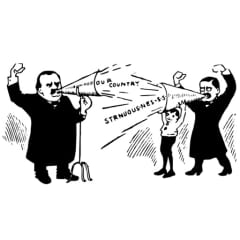 Delhi
DelhiA Virtually Unknown Relic Of A Time Gone By: Baqi Billah Shah’s Dargah In Old Delhi
If you are a woman, your trip to Baqi Billah Shah’s Dargah will begin with a clear prohibition from entering the shrine premises. The taciturn Peerzaada of the dargah makes this his very first injunction as soon as you begin a conversation with him about the place.
He will devoutly ask you if you are ‘clean’ and only then will he allow you to proceed into the premises. You’ll then be forced to reluctantly hand over your camera to your male companion who proceeds towards the shrine, while you strike a conversation with the women of the household, who regale you with tales of the Sufi saint - the man he was, the saint he went on to be & the spiritual mystic that he wanted to be.
Reaching The Dargah
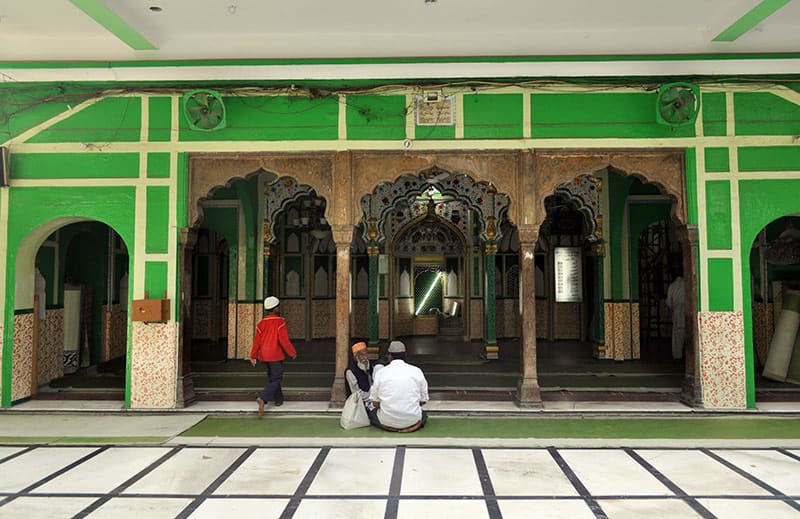
As is usual with traffic in Old Delhi, it will move forward at a snail’s pace until you give up and start a long trek up to Singara Chowk on foot, colliding with rickshaws every now and then and jumping over pushcarts, all the while clutching at your purse like a paranoid kitten and smiling at the familiar, immutable chaos on the roads.
The Quaint Dargah
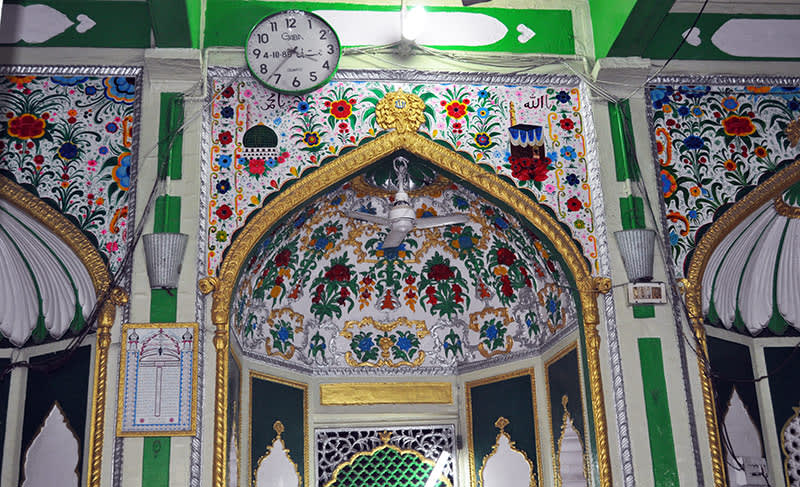
Finally, you reach the doorstep of the dargah, settle your dupatta over your head and enter. Like most other dargahs, the premises of this one are also a pastel green and white, sullied by dust. The compound does not appear to be too spread out, and is dotted with multiple graves.
Attached to the wall of the shrine is a madarsa for young boys who peep at you from the staircase and run away when you turn to look at them. This ritual repeats itself, and is supposed to be an invitation to you to go play with them.
About Baqi Billah Shah
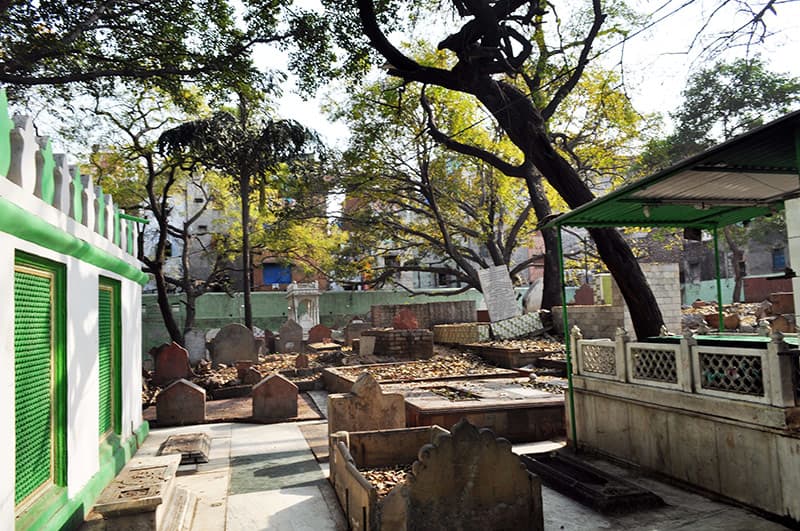
Born as Razi-ud-din Muhammad Baqi, he was a Sufi saint from Kabul, credited as the pioneer of the Naqshbandi Silsila, a devout spiritual order of the Sunnis. He travelled on foot from Central Asia to Lahore and Multan after a profound epiphany, in search of further enlightenment. He was deputed to initiate the Naqshbandi Silsila in India by spiritual leader Khwaja Amkamgi who also handed over the spiritual caliphate to Baqi Billah.
He joined hands with many prominent noblemen of the Mughal court, like Qilich Khan and Abdul Rahim Khan-i-Khana, to oppose Din-i-illahi, a secular liberal religious formula propounded by Akbar. He was believed to be in collaboration with the head of the realm and preached the tenets of Naqshbandi religiously and politically.
The Miracles
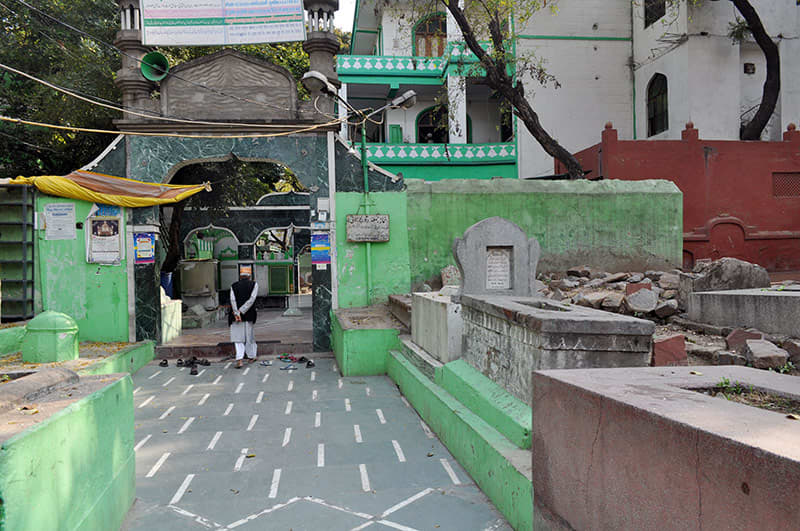
Many miracles are attributed to him, even though he lived a life of no display and only deep personal meditation. On request from a baker who had won him over with his cooking, he turned the man into a split image of himself but the baker could not bear the frenzied ecstasy and died within three days. He was also known to be able to communicate with parrots through telepathy.
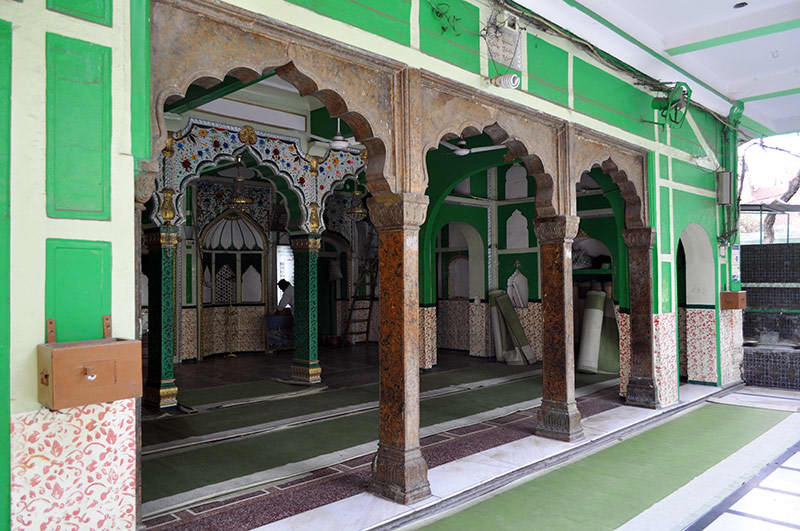
As you play with the ears of a cat prowling in the graveyard, you suddenly become aware that you have been the only visitor here in a long while; large groups do not throng at the feet of this elusive, reclusive saint.
Nevertheless, he was a man of solitary meditation through and through. In compliance with the wishes of the saint and in keeping with his lifelong simplicity, his grave is located under the open sky, with the benign shade of a tree overhead and no embellishments of stone and cement - come witness the serenity here sometime!
Location | Sadar Bazaar Area, Near Singara Chowk
Like
Bookmark
Share

